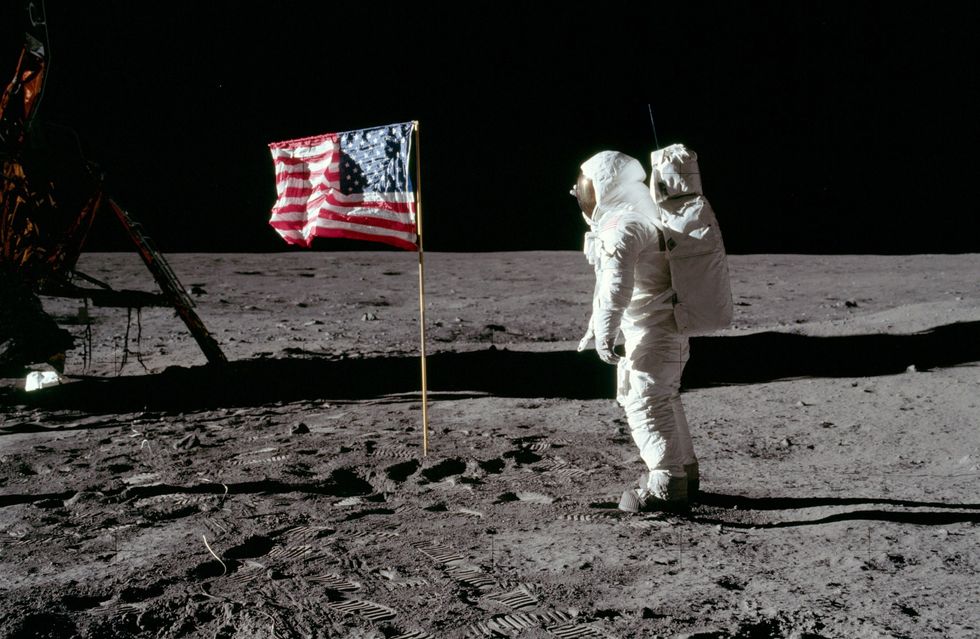Space - the final frontier. Since the dawn of humanity, we’ve always been awed by the heavens and what lies beyond. From the early observations of Ptolemy to Galileo, the first person to turn his invention of the telescope to the skies, we’ve always wanted to know - “What exactly is in space?” It wasn’t until the mid twentieth century, however, that we were able to tangibly able to answer part of that question.
It’s always amazing to think - only 66 years separated the first flown aircraft by Wilbur and Orville Wright and the Moon Landing by astronauts Neil Armstrong and Buzz Aldrin. Short enough that many were fortunate to witness both historical events within their lifetime. The exponential technological growth required in aircraft was immense, and this growth was aided by the necessity of aircraft in warfare and through the Space Race between the United States and the Soviet Union. But what next? It’s now approaching the 50-year mark since the moon landing, but what have we accomplished since?
Well, the answer is that we’ve done a lot, but not as much as some would expect. We’ve sent multiple rovers to Mars in the early 2000s (Sojourner, Spirit, Opportunity, and Curiosity). These rovers have scoured the planet's surface and have found discoveries such as running water on Mars to this day. We’ve perfected and retired the Space Shuttle, which was the first step in creating truly reusable spacecraft, a goal that has now been taken up by Elon Musk's SpaceX. And we’ve collaborated on the biggest and most expensive project in human history - the International Space Station, with a grand total of 150 Billion dollars. Sending up astronauts multiple times a year, this space laboratory has helped humanity as a whole study multiple scientific phenomena in a completely new environment - the zero gravity environment of space.
What we haven’t done though, send another human to a celestial body since the initial Apollo program. This is due to a multitude of reasons, mainly concerns about funding, and a reduction in political pressure that was present during the Cold War. But this may soon change. NASA and numerous private companies like SpaceX and Blue Origin have plans to send humans to our next closest neighbor - Mars. The path to Mars, however, is one filled with bumps and obstacles, but many believe that it can be done. Join me in part 2 where I detail what we need to do to finally set foot upon the red planet.
















